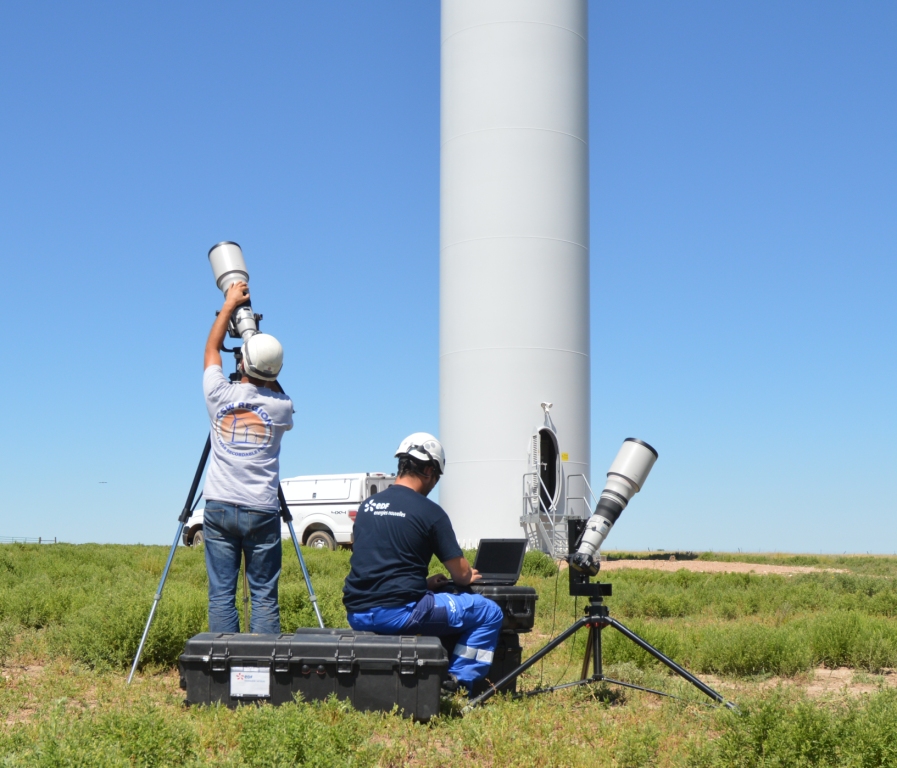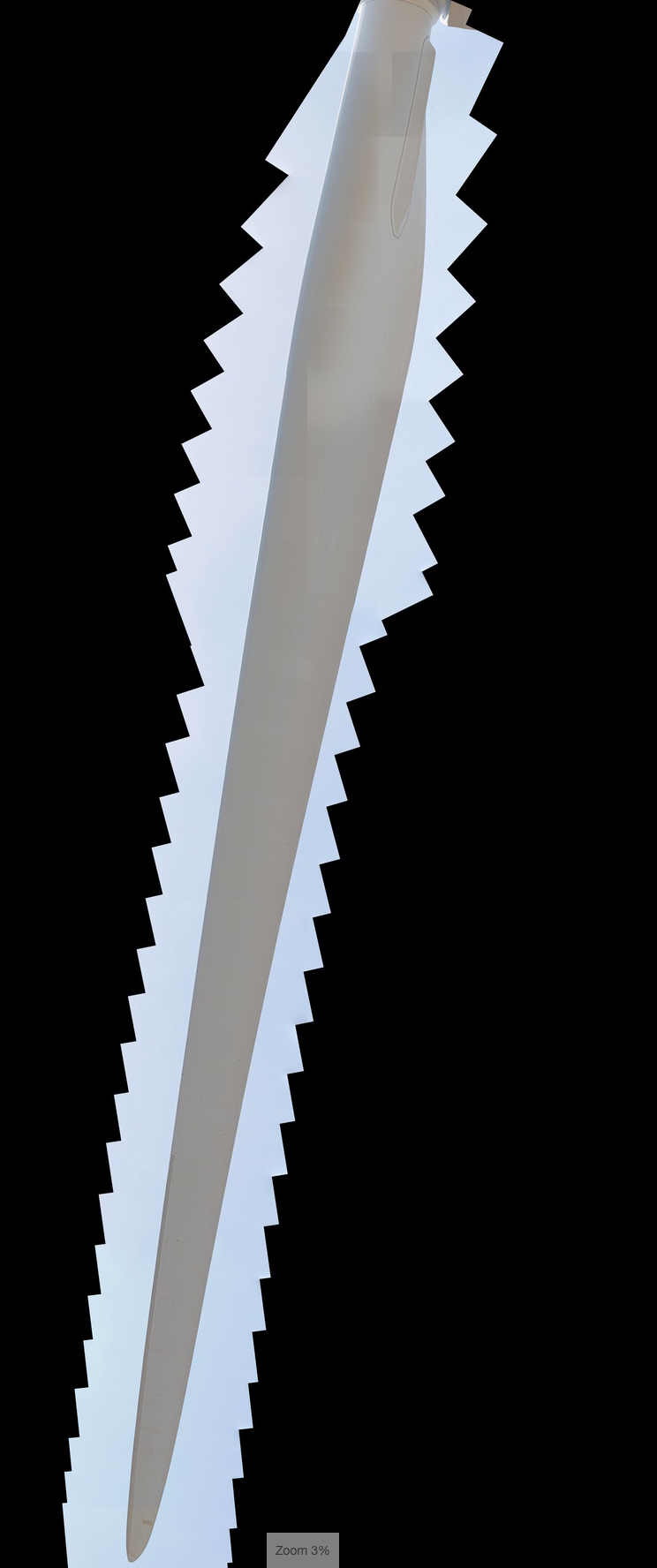Blade Maintenance Strategies
 The North American wind turbine fleet is aging. According to Dan Shreve at MAKE Consulting, AWEA’s US Wind Industry Fourth Quarter 2014 Market Report estimates approximately 45GW of wind turbine capacity in the Americas will be 10 years or older by the year 2020.
The North American wind turbine fleet is aging. According to Dan Shreve at MAKE Consulting, AWEA’s US Wind Industry Fourth Quarter 2014 Market Report estimates approximately 45GW of wind turbine capacity in the Americas will be 10 years or older by the year 2020.
Original equipment manufacturers (OEMs) and independent service providers (ISPs) typically focus on common failure modes such as gearboxes, paying less attention to another looming concern, the ongoing maintenance requirements of blades. Blade failures have been occurring earlier than the industry expected due to erosion, lighting strikes, and other impacts.
Reasons for a comprehensive maintenance plan
- Blade repairs can be costly.
- Left uncorrected, damaged blades are often less efficient and can fail catastrophically.
- Replacement blades can take assets out of service for up to six weeks, resulting in lost revenue.
It starts with inspections
Blade inspections vary greatly in quality and cost. The most basic inspection can be performed with binoculars from the ground or atop the nacelle. Spotting scopes provide an inspection similar to binoculars, but with the option of variable magnification. Unless augmented by a camera, these inspections give no photographic record, and the location and description of any anomalies found is by annotation only.
Telephoto camera inspections usually use a 35mm lens with 300-600mm focal length and are performed on the ground near the wind turbine to provide higher magnification inspections and a photographic record of the blade anomalies. The longer the focal length of the lens, the better to detect small, fine defects.
Ground-based photographic inspections go one step further by using a motorized computer scanning system which produces a complete photo-scan of the blade from root to tip. This semi-automatic system allows for a complete record of the blade surface, giving a permanent visual history for future reference. It also provides a single mosaic image of each blade surface, putting them all together as one image which is then optimized by image-enhancement algorithms.
 The mosaic (Image 1) can be a significant time-saver because it allows an inspector to review just one combined image of a blade surface rather than 20 to 50 images of individual segments.
The mosaic (Image 1) can be a significant time-saver because it allows an inspector to review just one combined image of a blade surface rather than 20 to 50 images of individual segments.
For fleet inspections involving thousands of blades, it is important to keep all the inspection reports, images, blade condition, and repair status well organized. Frequently, there is value in viewing the history of the blade by referring back to images taken during previous inspections to understand how a defect, such as a crack, has changed over time, and its rate of development. The combination of photos into mosaic images provides a high level of organization of images and efficiencies in inspection and reporting.
So many blades…how to prioritize and plan
Categorization of the defect is based upon the repair criticality, for example the impact on energy production, blade reliability, or additional costs if repairs are deferred. Using a simple A-B-C-D categorization of defects can assist in identifying and planning for the most critical repairs needing immediate attention.
Once all blades have been inspected and their conditions categorized, blade repair planning can begin. The most critical defects are identified first, and then other considerations are factored in to create the most cost-effective repair plan. These factors include other blade repairs on the same turbine or at the same site, proximity and availability of the blade repair crews, and the weather at the sites.
Setting the annual rate of maintenance is specific to the turbine fleet and its location. Vast differences in defect rates have been observed due to factors such as the blade materials, quality of the blade manufacture, site conditions, air-borne particle density and hardness, wind velocity and variability, and lightning intensity and frequency. These factors present a complex relationship which determines the blade deterioration rate at each site. The most effective inspection frequency for a given site is therefore best established empirically.
Ideally, the blades are fully inspected each year until a suitable inspection regularity is determined. Cost is a major consideration in the inspection schedule, but inspection and repair costs must be weighed against the cost of not repairing the blades. When taken to the extreme, a repair can become a replacement with additional expenses for lost energy production, removal, and replacement of the blade.
Each wind project site is unique. A comprehensive blade maintenance plan that includes regular inspections can avoid unplanned service outages and catastrophic blade failures. Telephoto camera inspections paired with image mosaics leave an accessible visual history that will aid OEMs and ISPs alike in scheduling the appropriate services in the most cost effective manner.
 Justin Forbes is Director, Marketing & Business Development for EDF Renewable Services. Justin earned his MBA from Duke University, and a BS in mechanical engineering from the University of California San Diego.
Justin Forbes is Director, Marketing & Business Development for EDF Renewable Services. Justin earned his MBA from Duke University, and a BS in mechanical engineering from the University of California San Diego.
Jon Salmon is Technical Services Manager for EDF Renewable Services. Prior to this role, he served for two years as operations manager for EDF Renewable Services, and three years as Field Engineering Manager and Technical Training Manager. Jon has degrees in materials science and mechanical engineering from the University of California Berkeley, and is a professional engineer in Iowa.

EDF Renewable Services | www.edf-re.com
Volume: January/February 2016










.jpg?r=2945)

